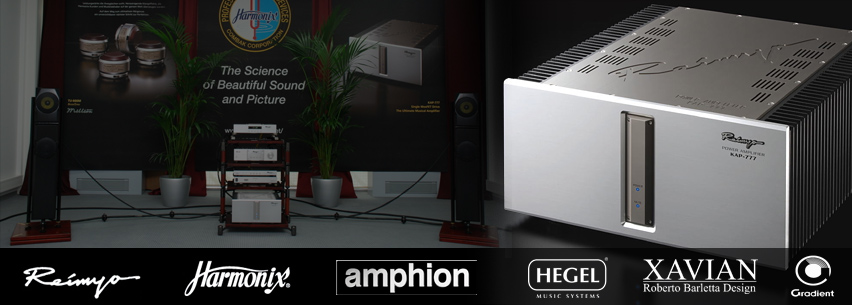 On its website, Hegel says of its new H160 integrated amplifier, “Connect whatever you want and make it sound as good as it can”. I think Hegel might not have had any idea just how true that was, until they played a last prototype of the amp to an assembled group of European journalists in Oslo in late summer last year. We crowded round an office desk, which was rigged up with two Hegel amplifiers in perhaps one of those ultimate fighting above its weight tests, because they were connected to what most of us would happily call a ‘gnarly’ speaker load. The H160 was the new pretender, going toe-to-toe with the company’s big bruiser, the 250W H300 behemoth integrated. OK, so at 150W per channel, the H160 is no slouch, but no one really expected the outcome, least of all Anders Ertzeid, Hegel’s VP of Marketing and Sales. On its website, Hegel says of its new H160 integrated amplifier, “Connect whatever you want and make it sound as good as it can”. I think Hegel might not have had any idea just how true that was, until they played a last prototype of the amp to an assembled group of European journalists in Oslo in late summer last year. We crowded round an office desk, which was rigged up with two Hegel amplifiers in perhaps one of those ultimate fighting above its weight tests, because they were connected to what most of us would happily call a ‘gnarly’ speaker load. The H160 was the new pretender, going toe-to-toe with the company’s big bruiser, the 250W H300 behemoth integrated. OK, so at 150W per channel, the H160 is no slouch, but no one really expected the outcome, least of all Anders Ertzeid, Hegel’s VP of Marketing and Sales.
The H160 creamed the H300; not quite to embarrassing levels, but certainly to the point where it was obvious the newer, smaller amplifier was very clearly the better performer. Anders later confided in us that he’d played this same H160 tacked onto a pair of big Magicos (creating in the process an über-mullet system where the loudspeakers cost almost 15x the price of the amplifier) and it just sang sweetly. Maybe Anders knew all along.
Hegel pulled out all the stops on the H160, especially on the digital side. The amp is exceptionally richly configured for digital audio, with a coaxial, three optical, one USB, and an Ethernet input, the latter fully UPnP and DLNA-chummy. And, if you connect the Ethernet port to your wireless router, it can be used as an AirPlay device. OK, so it’s more a DAC/dumb terminal than a media player, server, or renderer (in that it can only be used to play tracks sent to it, rather than actively search or access them). However, I feel this is a refreshing change from DACs that try, and mostly fail, to be a kind of network streaming device. All this being said, some kind of on-board wireless connection would be useful. It’s probably a good plan to think of the built-in converter as basically Hegel’s HD11, with an Ethernet link. It’s the same 32-bit AKM DACchip architecture, capable of 24/192 precision on all bar the USB, and 24/96 on that input. It’s not an asynchronous USB input, because Hegel prefers adaptive. Hegel also prefers a linear phase output, and deploys its patented LineDriver high current, low impedance circuit block to limit the ingress of high-frequency digital noise elsewhere in the circuit.
cały test:
 Hegel H160 w teście HiFi + ( England ) 0,2 Mb Hegel H160 w teście HiFi + ( England ) 0,2 Mb
|

